Book published July 2, 2019 by Pavilion.

Reading this book, I was filled with love and tahini. In Honey & Co. At Home: Middle Eastern recipes from our kitchen, Sarit Packer and Itamar Srulovich tend to their words with a care and warmth so enticing you can't help but read on.
Sarit and Itamar are a charismatic couple who sign their books "Saritamar." They live in London, and own two restaurants, and one food store: Honey & Co., Honey & Spice and Honey & Smoke. They contribute to the Financial Times and have a Podcast called Honey & Co.: The Food Talks.
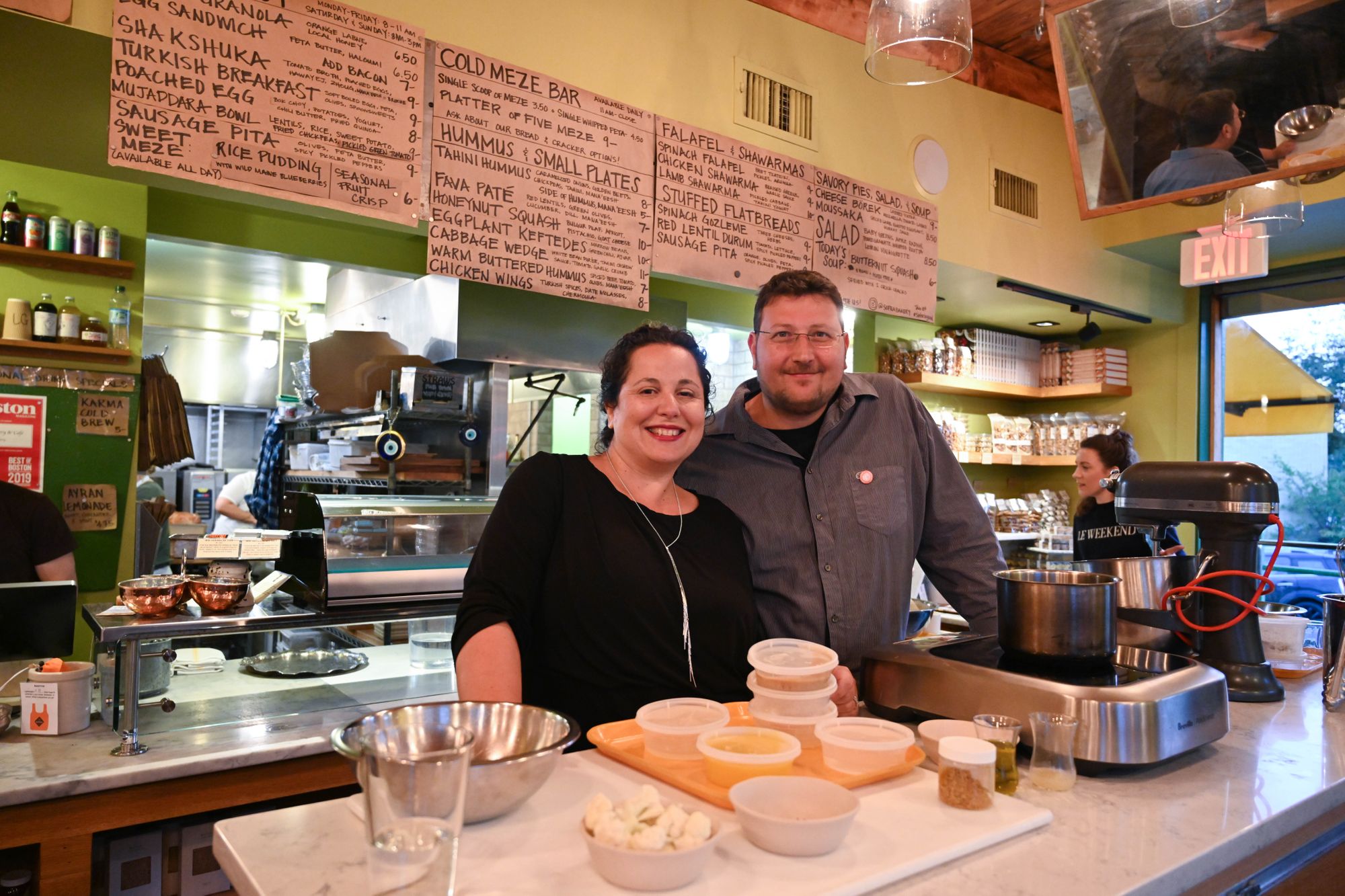
In the book, Sarit and Itamar explain that once their businesses had gotten on their feet, they were able to get back to cooking in their home kitchen. And from that, they created Honey & Co. At Home with recipes they like to cook at home for various occasions.
See the video below for a summary of the book, as told by Sarit Packer at a cookbook talk at Sofra Bakery & Cafe in Cambridge, MA on 9/30/2019.
This book is full of treasures. The food kind. The story kind. Sarit and Itamar tuck them in when you least expect it.
For example, thinking I was about to stumble on a straight-forward, one-pot chicken dish, I realized I was reading a story of ritual and again, love: for friends, family and stranger, all coming together in a pot of rice, vegetables and chicken called Chicken Maklooba. I found myself daydreaming of people to invite for this gorgeous experience - one that takes time and care. See "The Test" below for more.
Then, I was cooking and reading and cooking some more and all of a sudden I came across a two page soliloquy describing a friend named Adriano they call "Donkey."
It started out simply enough, describing a charismatic colleague, only to find out this relationship was emblematic of the essence of the book and their businesses– how along with Sarit and Itamar, their friends and colleagues' sweat and antics and love form the backbone of Honey & Co. and the food in this book.
And that's what a good cookbook does. A really good cookbook. It tells a story, it brings you in. It gives you life and motivates you to get to the kitchen and the table. You love food and through the pages, you can't help but grab your knife, your pot, your spoon and get to it.
Sections: For us two; For friends; For the weekend; For a crowd; For the Kitchen
Difficulty Level: Beginner to Intermediate. Nothing in the book is too complicated for a beginner to accomplish, especially with the careful descriptions of method and prep. The difficulty can be with understanding ingredients, but everyone has access to a search engine. You also need patience if you choose some of the more time-consuming dishes.
Ingredients: Unless you cook Middle Eastern food often, you'll likely have to stock a new corner of your pantry to cook the bulk of these dishes. Some items can be hard to find, but you'll do fine combining brick-and-mortar stores with the online marketplace. Many of the items, at least in the U.S., can be expensive. For perspective, I consider my kitchen quite well-stocked but to do this test I spent over $50 to buy pantry ingredients I didn't have: dried Persian limes, sumac, allspice berries, orange blossom water, good tahini and more. It is worth it though, and you'll open yourself to an uncomplicated way of cooking with new flavors.
Overall: This book is one I marked up thrice: the first go-through was the must-cook dishes; the second, the ones I forgot; the third, the ones that will have to wait until I have time to visit the book again. It's best when I feel I haven't had enough of a cookbook.
Will I keep It?: Yes! The authors built this book around the experience of being away from their kitchen due to hectic lives and finding their way back home. I think anyone can identify with that feeling of coming home and coming back to ourselves, our family. Plus, they taught me how to use tahini.
The Test
Saffron Carrot Soup with a Little Bit of Rice - Page 26
This is the bottom of the fridge clean-out kind of recipe I adore: a lovely pureed carrot soup, simple to put together, and really easy on the wallet. Essentially, all you need are six carrots, two onions, three cloves of garlic, water, a few spoonfuls of rice, salt, pepper and spices. You cook them all together in some oil and butter, blend it and voila: soup!
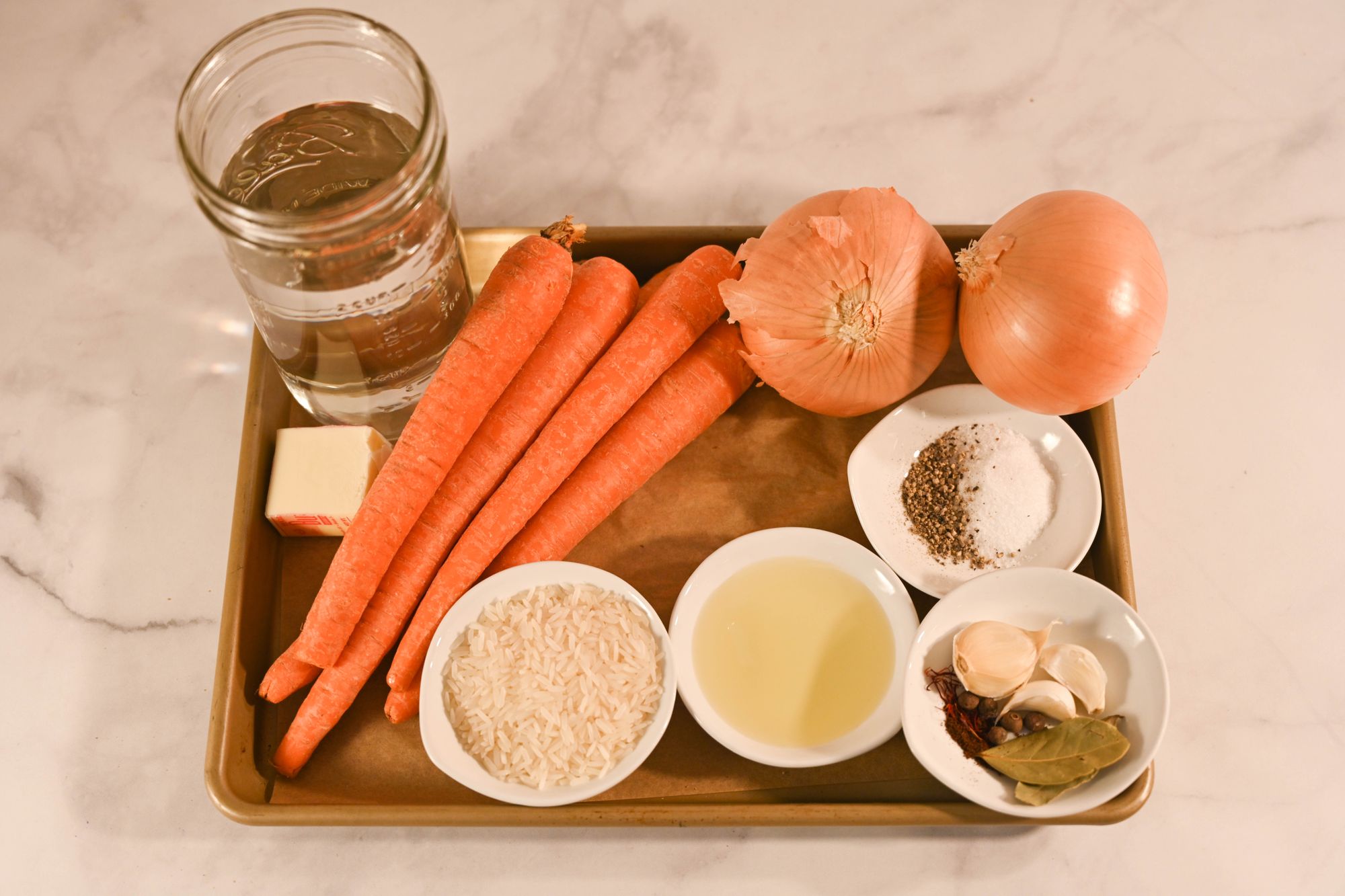
I bet this would work really well with a fancy Vitamix or the sort, but I don't have one. My not-so-fancy immersion blender did the trick, and left the soup with a touch of texture a high-speed blender would whiz away.
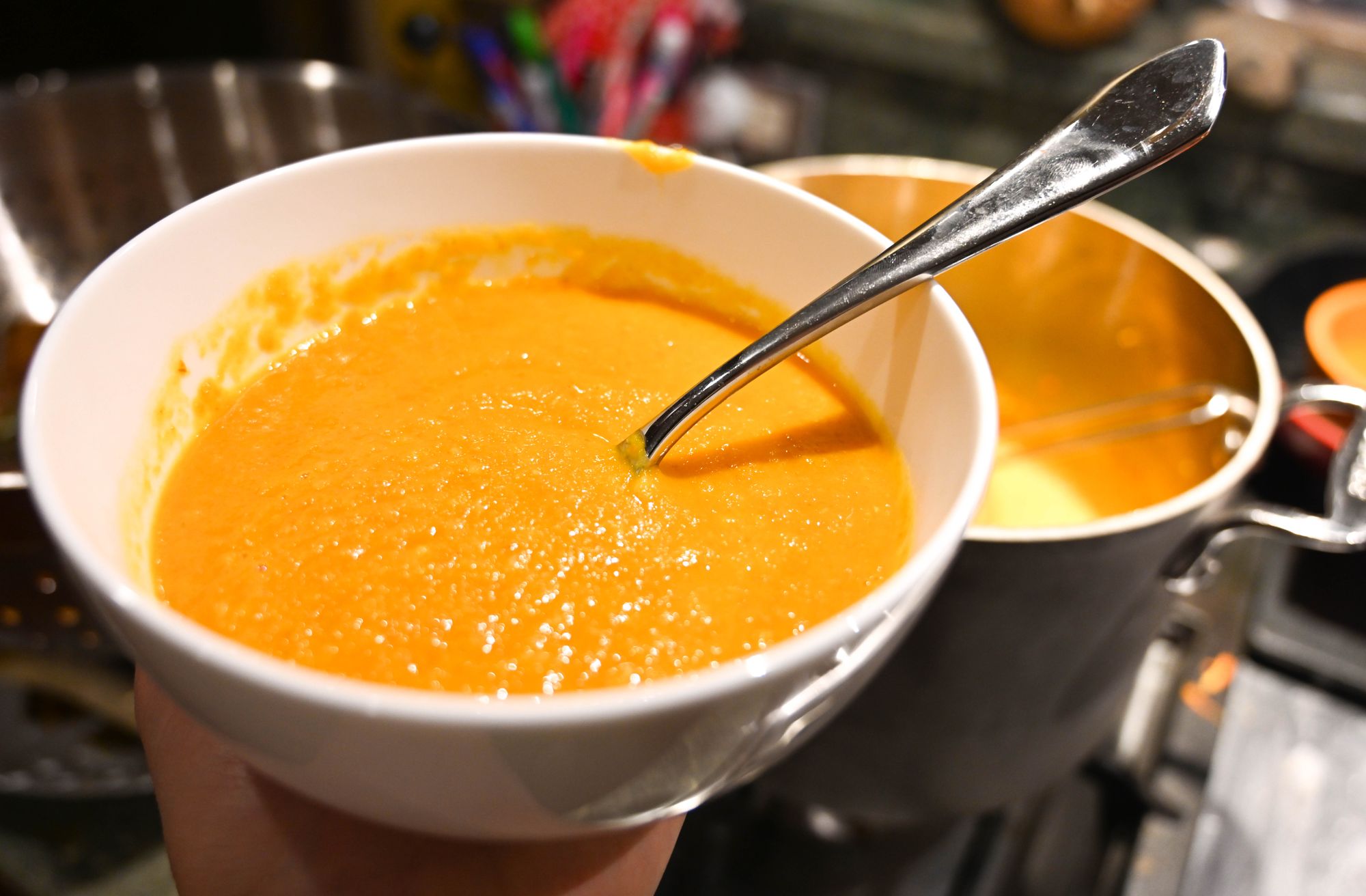
This is perfect for fall and if you cook it for friends, you'll probably get the question "yum! What did you put in the soup?"
Feather Blade Braised with Pumpkin, Spices and Prunes - Page 112
Feather Blade Steak is a new cut to me. Sarit and Itamar said on page 111, "the long muscle hides a layer of unctuous collagen" melting into the sauce and leaving the meat moist and tender. I had to ask for this specially at the meat counter of a local grocery, but they were happy to trim one from the cooler. My three-ish pound piece cost just under $25.
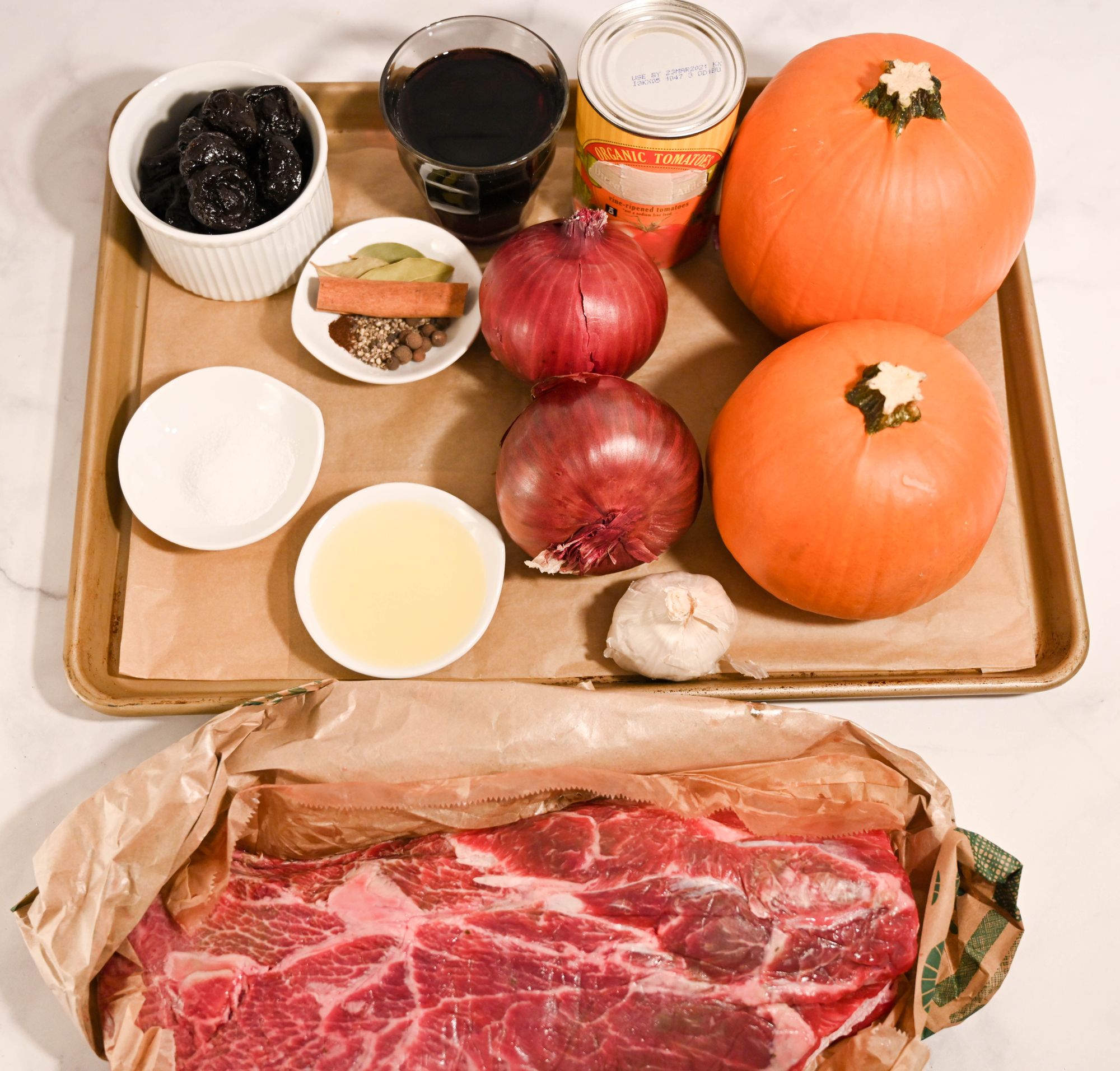
Luckily, the rest was relatively easy to find. We are in pumpkin season, so no problem there, and the spices crossed over from other recipes in the book. For pumpkins, I used standard Sugar Pie pumpkins and they worked perfectly. The prunes and veg can be found most anywhere.
The recipe is included in the "For friends" section, and it takes time. If you're going to tackle this dish, understand it isn't exactly a one-pot endeavor. You'll have dishes from prep, a strainer, some sort of tray to bake on so your oven doesn't get covered in jus, and those from serving.

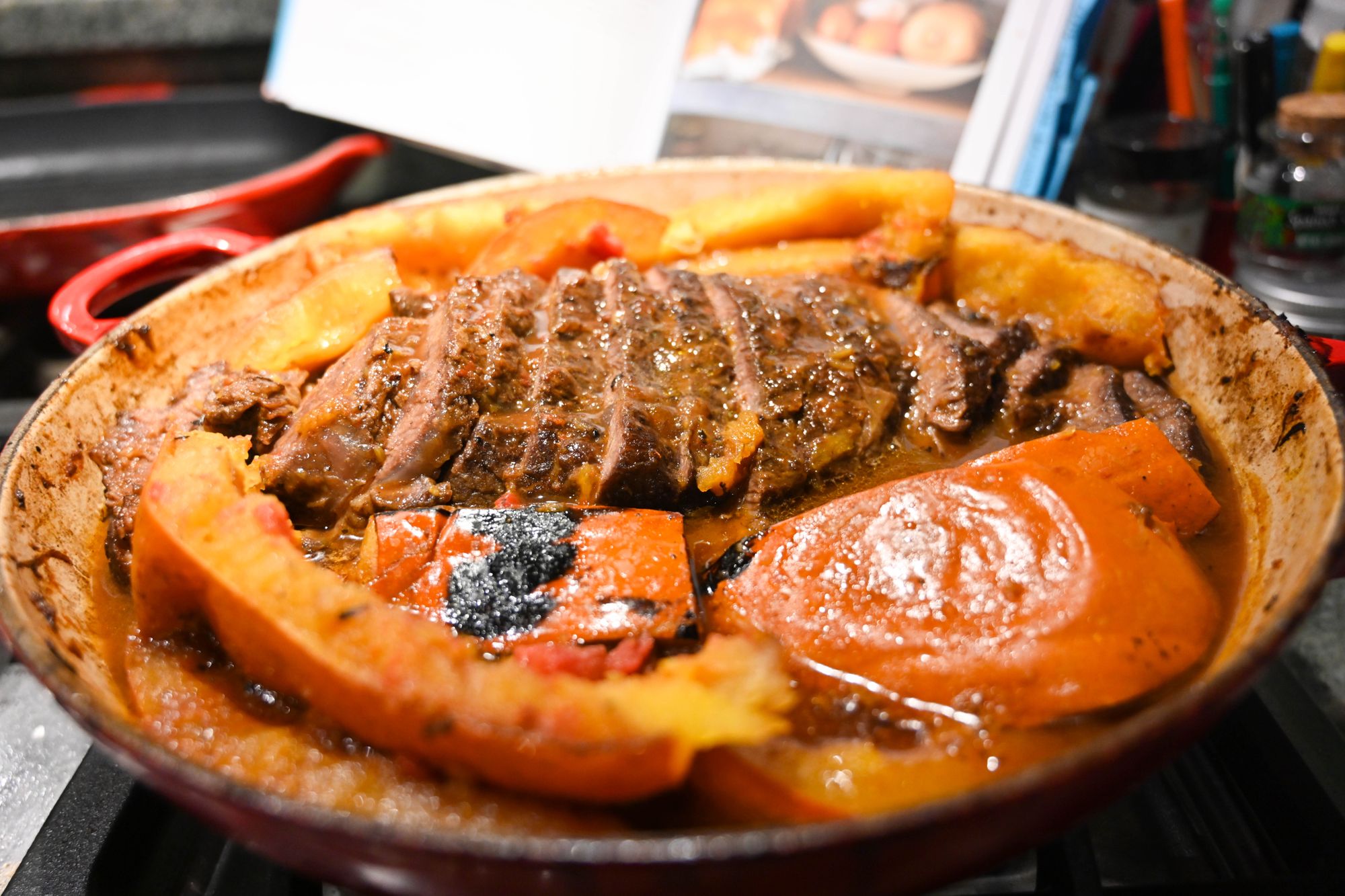
Medjool Date, Honey and Macadamia Breakfast Loaf - Page 156
I liked this recipe before I baked it - it reminded me of a date loaf cake I made a few years ago filled with spice, sweetness and set in my memory. Aha, face palm! The recipe was actually from their sister book, Golden, Sweet and Savory Baked Delights from the Ovens of London's Honey & Co.
This is telling. Even though I didn't realize it was Sarit and Itamar's book, their style of cooking stretched beyond their name.
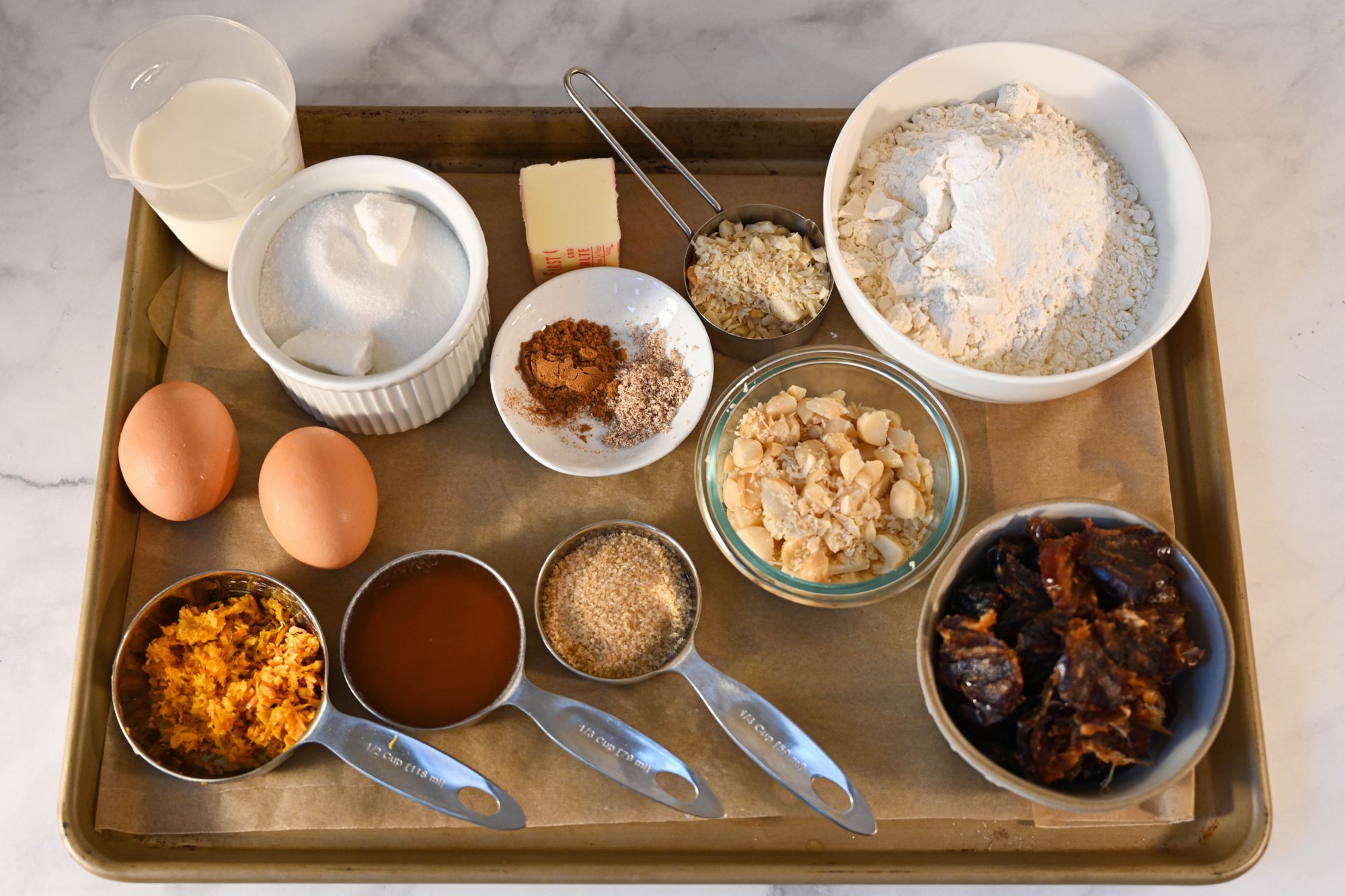
This date bread pulls together easily, and none of the ingredients are difficult to find. Also, despite the small amount of butter, the crumb is moist - my loaf became dry at day four. Yours might not last that long.
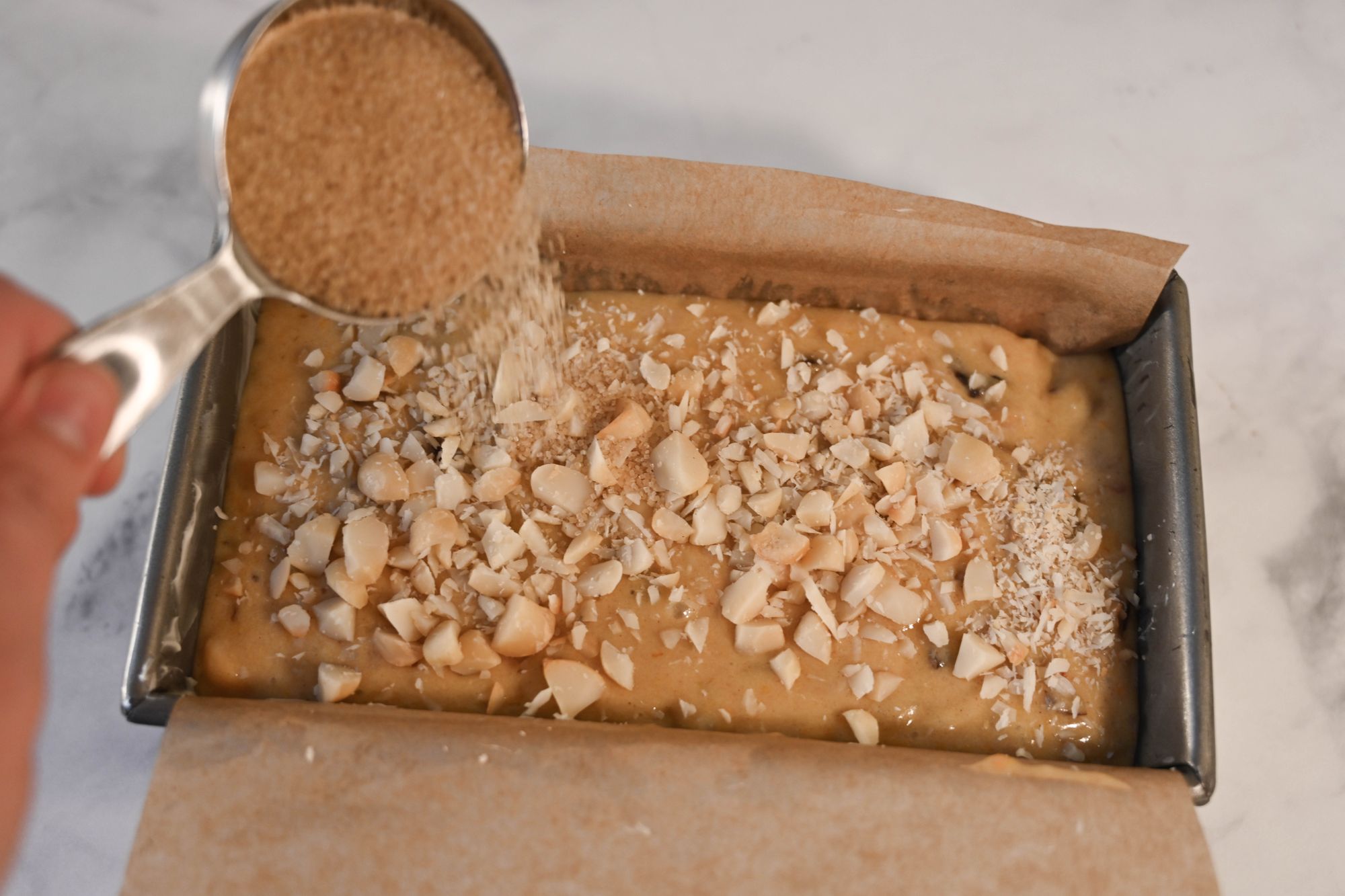
But where's the salt? Pencil in 1/2 tsp salt next to your recipe, even if you plan on using a slab of cold, salted butter on each slice like I did.
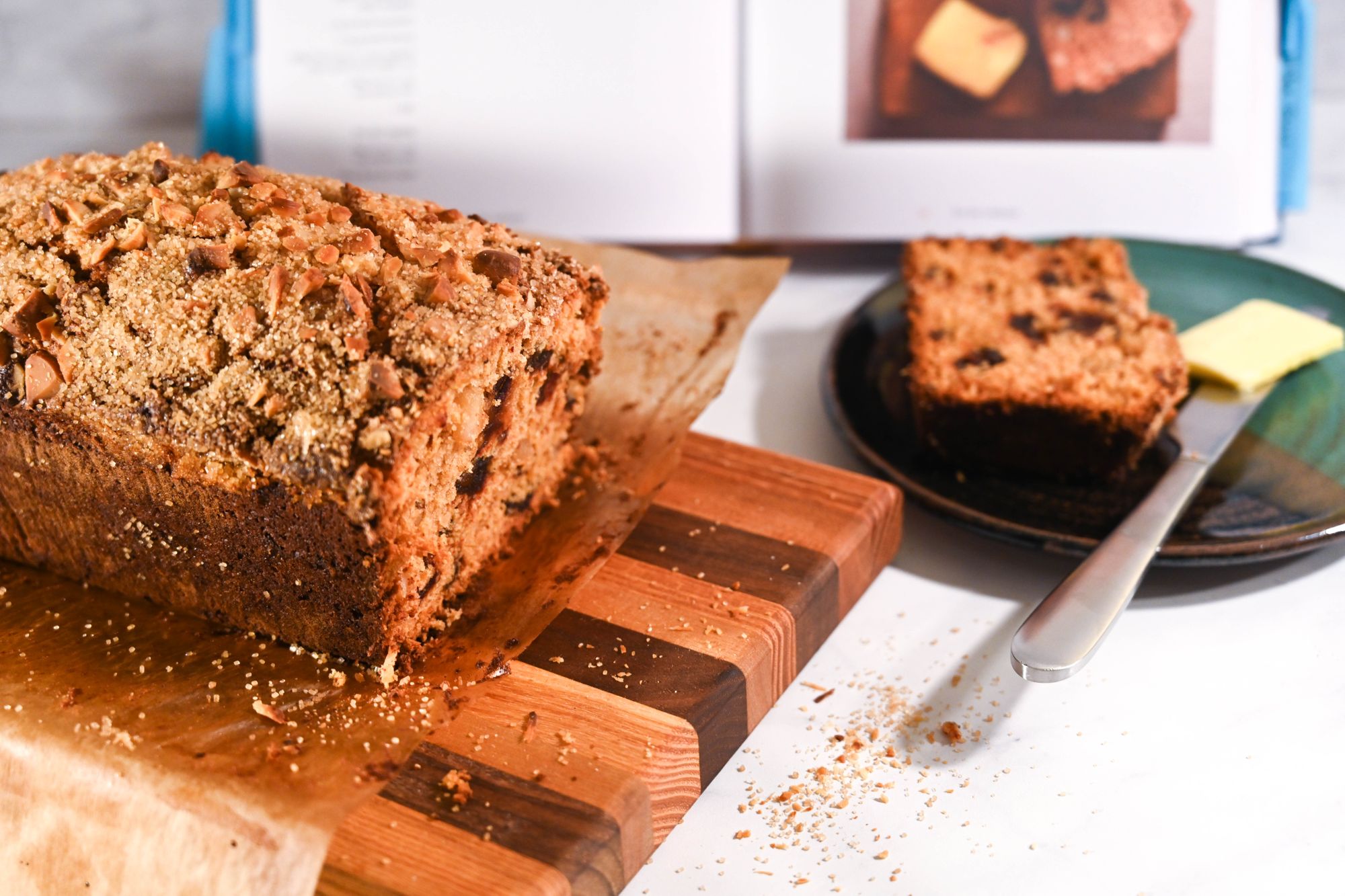
Chicken Maklooba - Page 228
This dish is really great for a crowd, but also could be a week's meals for one in a pot. You get vegetables, rice, chicken with a whisper of cinnamon.
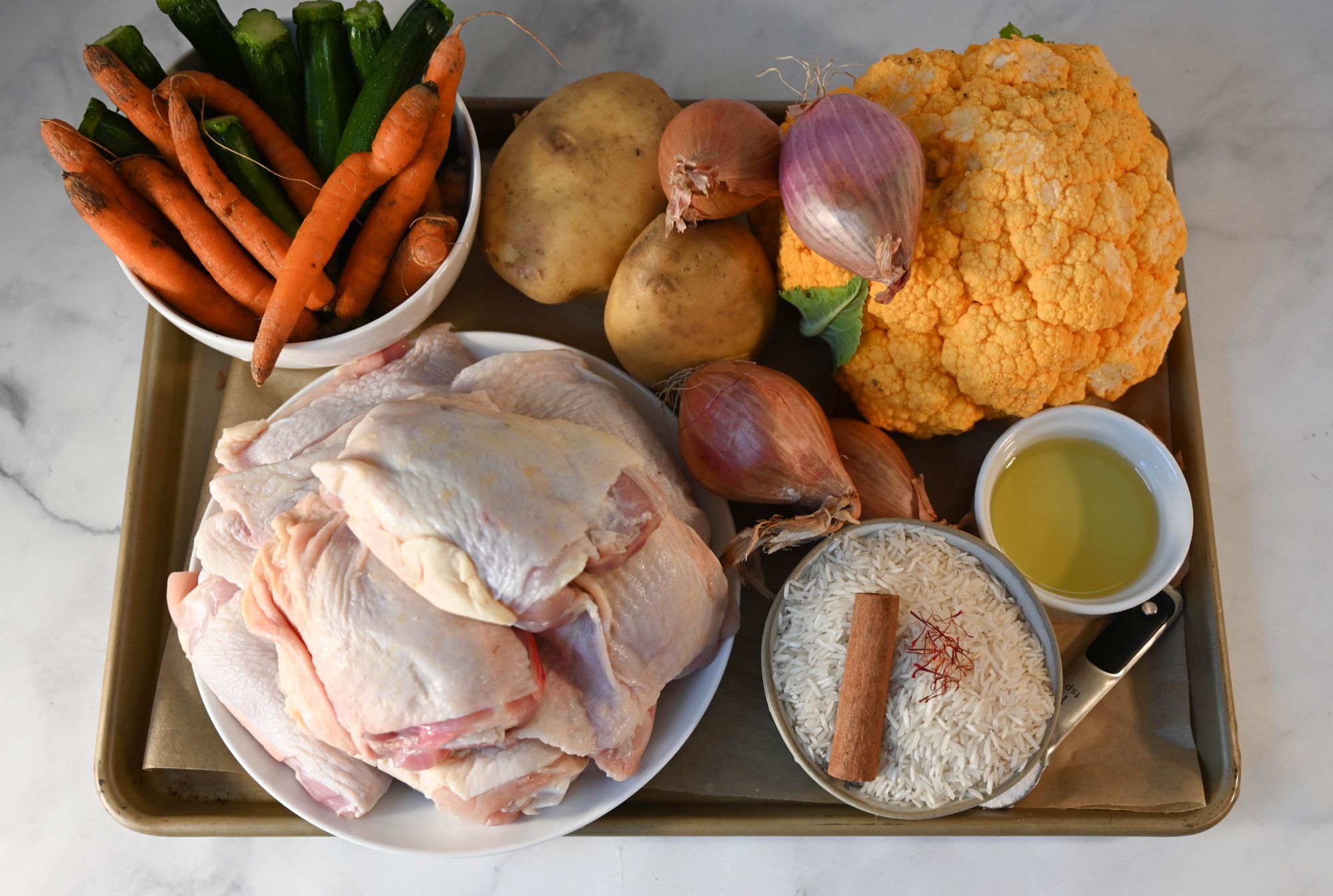
The dish starts by roasting the vegetables, tossed in olive oil, salt and pepper. I upped the salt as it didn't seem like enough. In fact, I did this for the entire dish and it still seemed under-seasoned at the end.

After roasting the vegetables, you are directed to brown the chicken, soften sliced shallots in the leftover fat along with the cinnamon, add the rice, water and then layer in your pot. Once cooked, you turn the pan out in (hopefully) one momentous action.
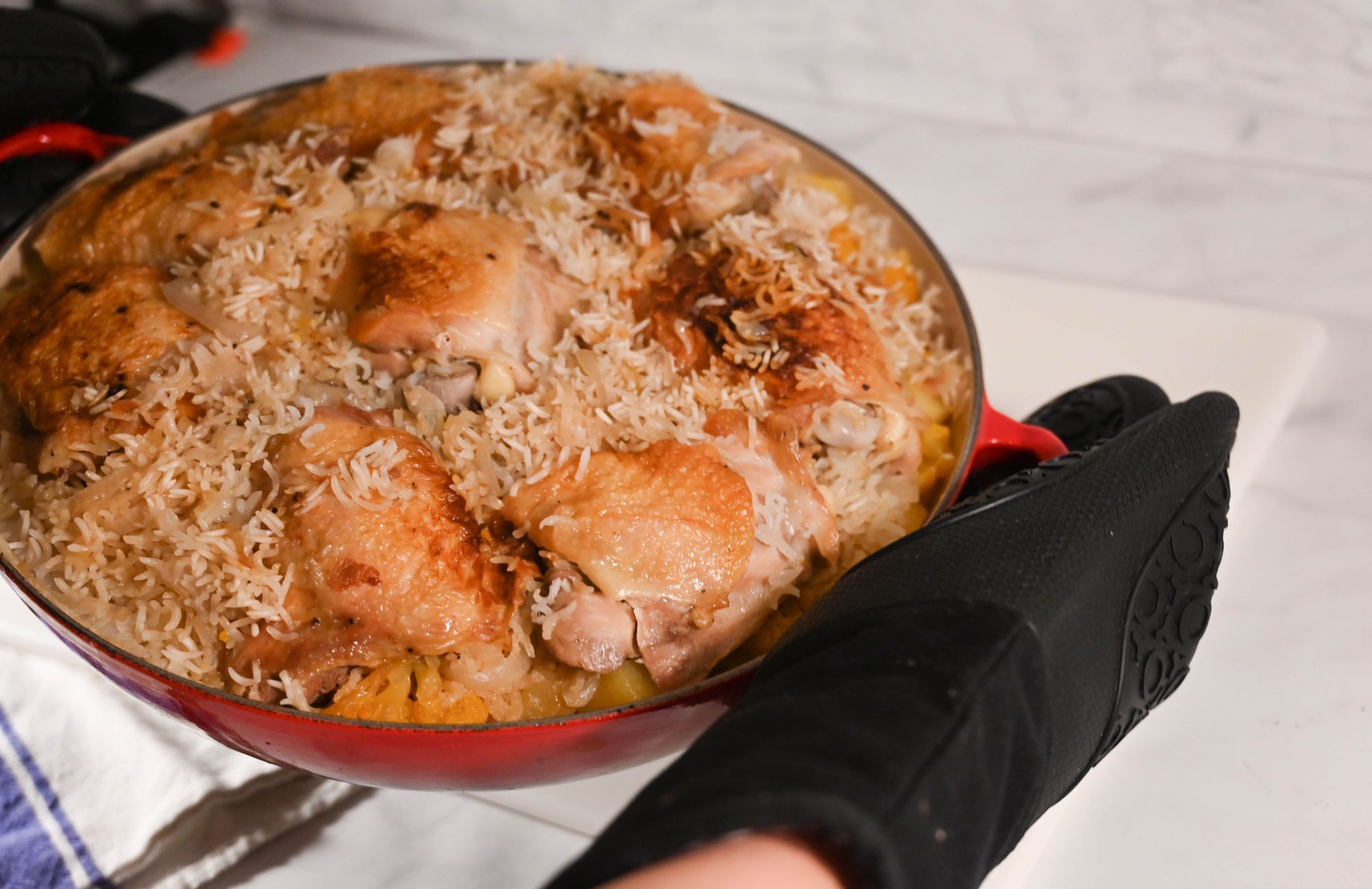
My four-year-old insisted on operating the camera for the video. Unfortunately, I forgot to tell her that I was going to flip the pan upside-down. She was so startled that she shut off the video right at the moment you'd want to see. So, we're left with this single photo of the final product. Oops.
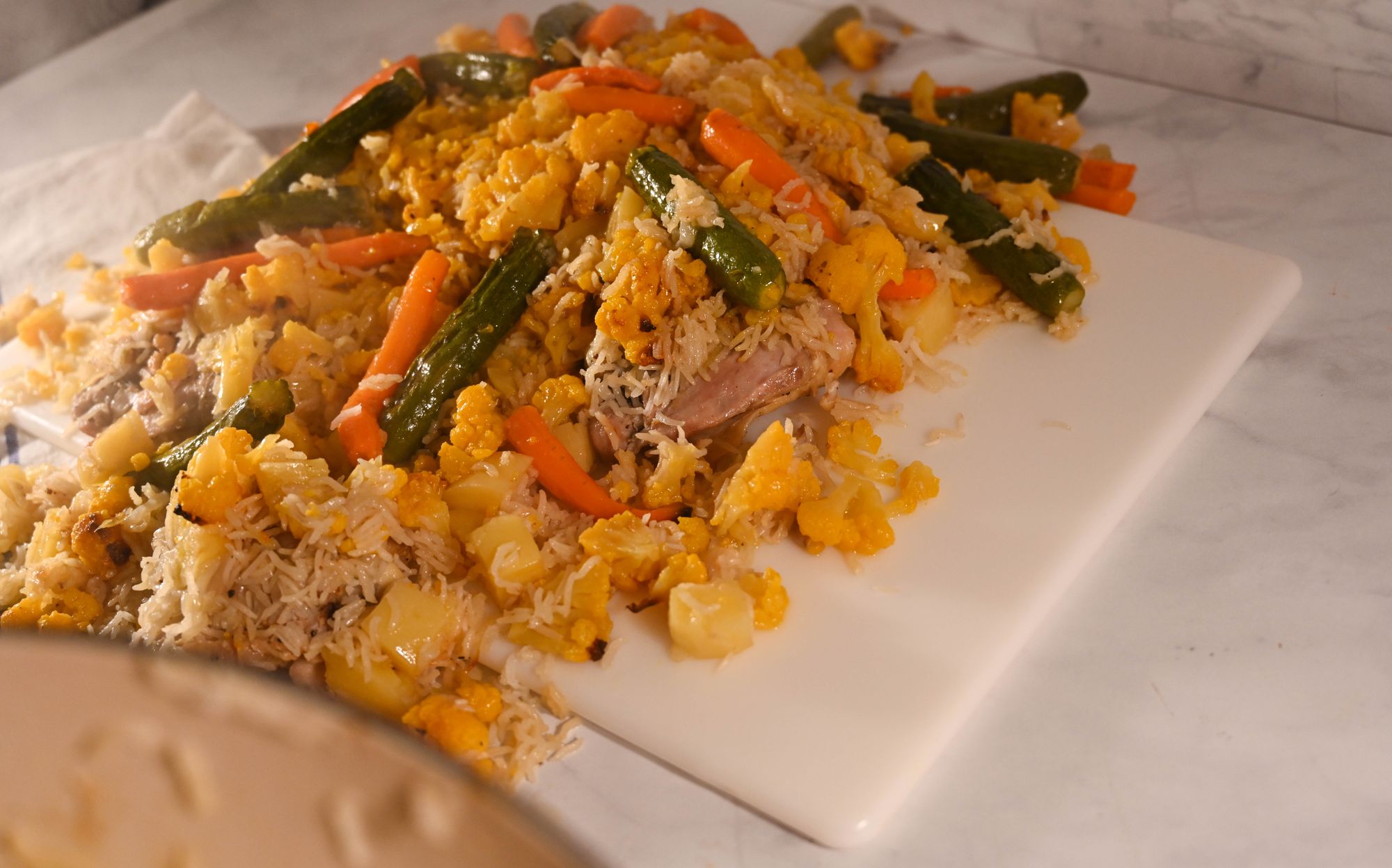
The recipe said to cook the dish on the stovetop 35 minutes plus an additional ten if there was still liquid in the bottom. Even after those ten minutes, the dish was looser than it ought to have been.
On the flip, the dish fell all over the place. It was messy, but delicious. At the book talk, Sarit suggested tucking in any rice that might escape. She also said a friend sometimes first adds a layer of flat bread to her pot to keep the contents together on the turn.
Also, make sure you have a platter or board big enough to flip the dish on to. The only thing I could find at the last minute was my large, plastic cutting board.
Tahini Cake with Lemon and White Chocolate - Page 240
This cake is really interesting for a few reasons: the ingredients and the method.
At Sofra, Itamar said he and Sarit like to clip recipes and he said this recipe was inspired by a cake made with peanut butter and a note that tahini also works. They ran with it, adding white chocolate and lemon zest.
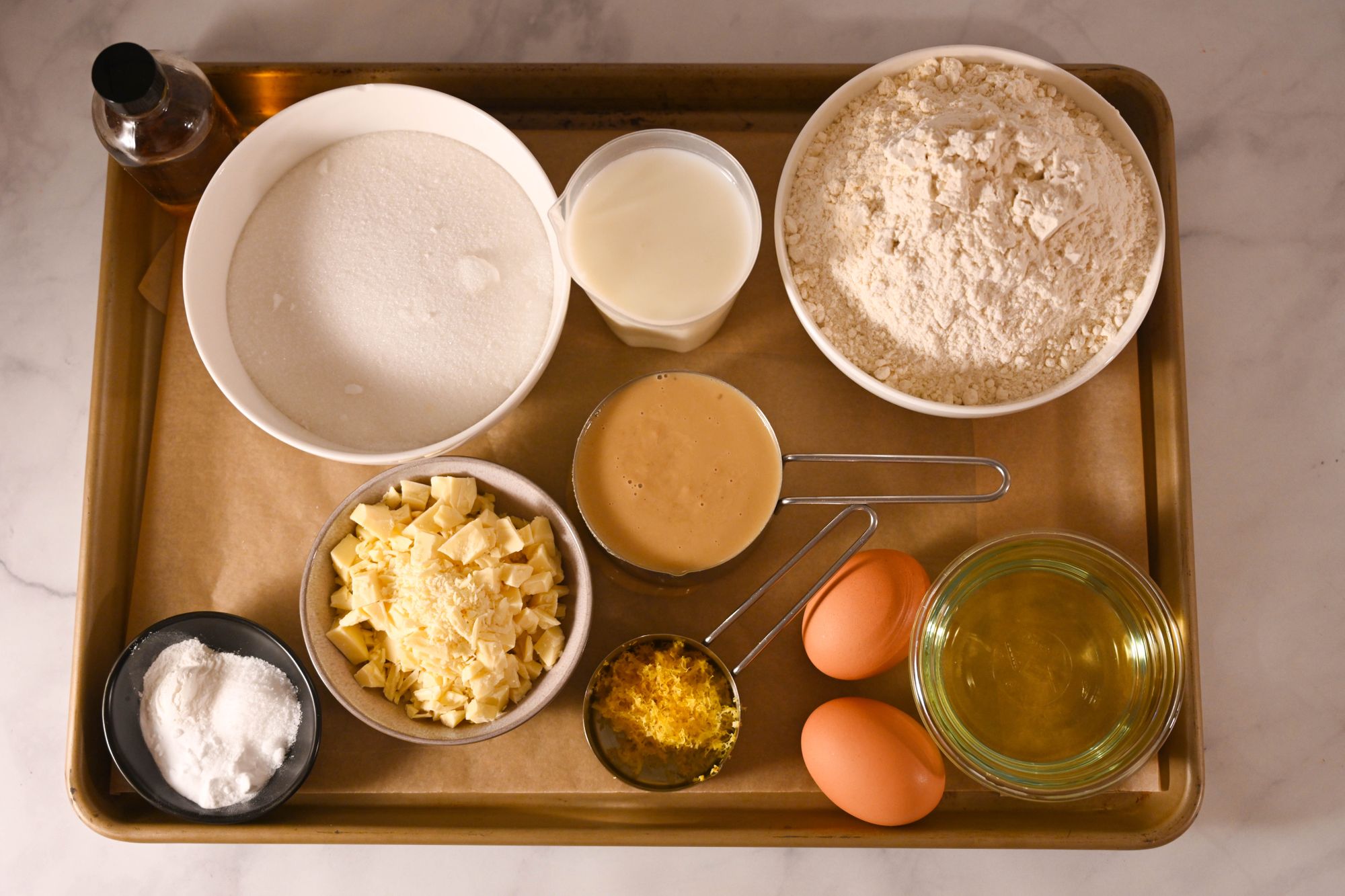
The method includes mixing in boiling water as the last ingredient. I've done this with chocolate pudding cakes. It worked extremely well here. It melted the white chocolate just slightly, incorporating a little extra fat and sweet into the crumb, but left enough pieces to caramelize in the bottom of the pan.
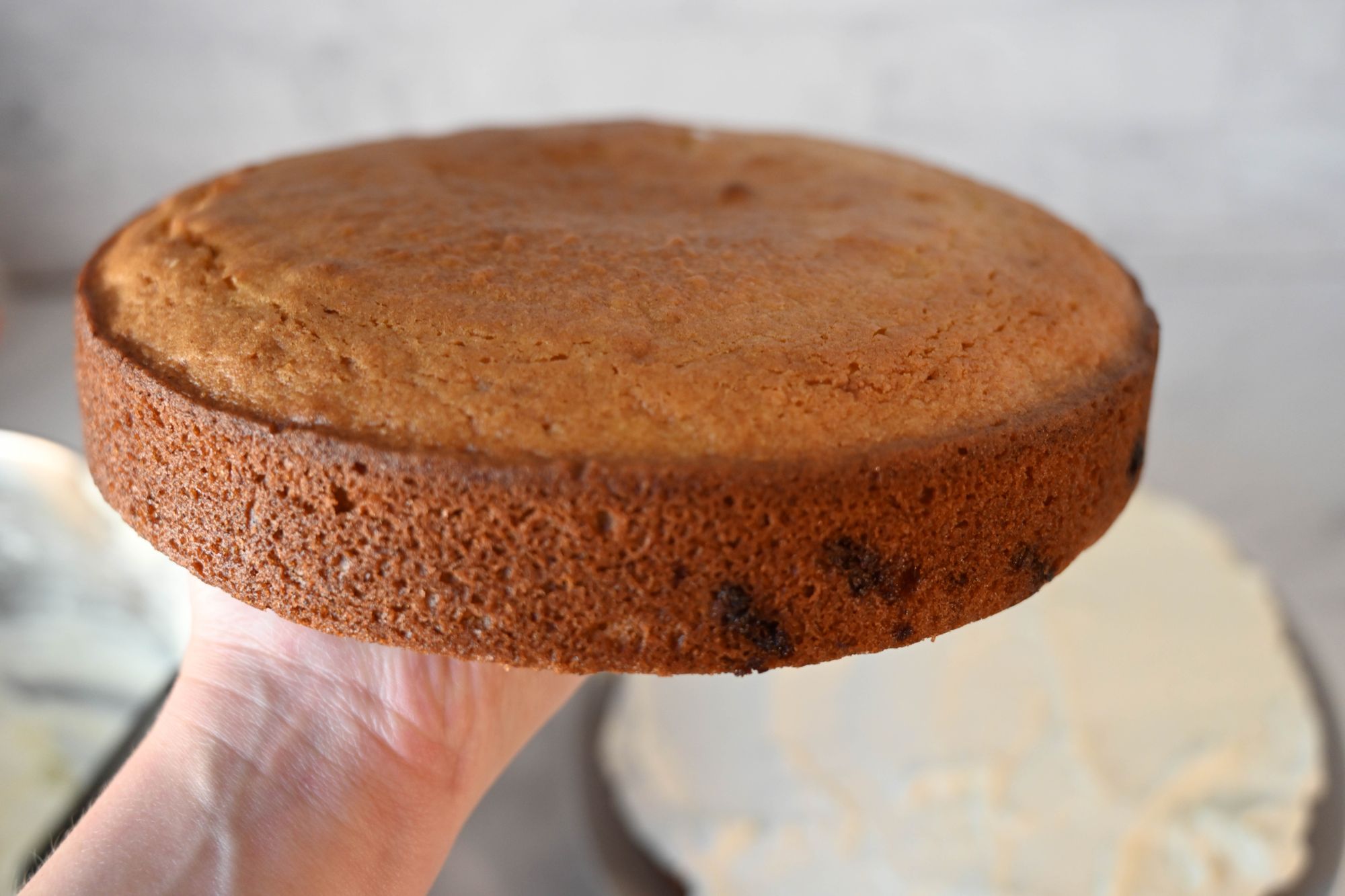
The icing contains cream cheese, mascarpone, heavy cream, icing sugar and vanilla.
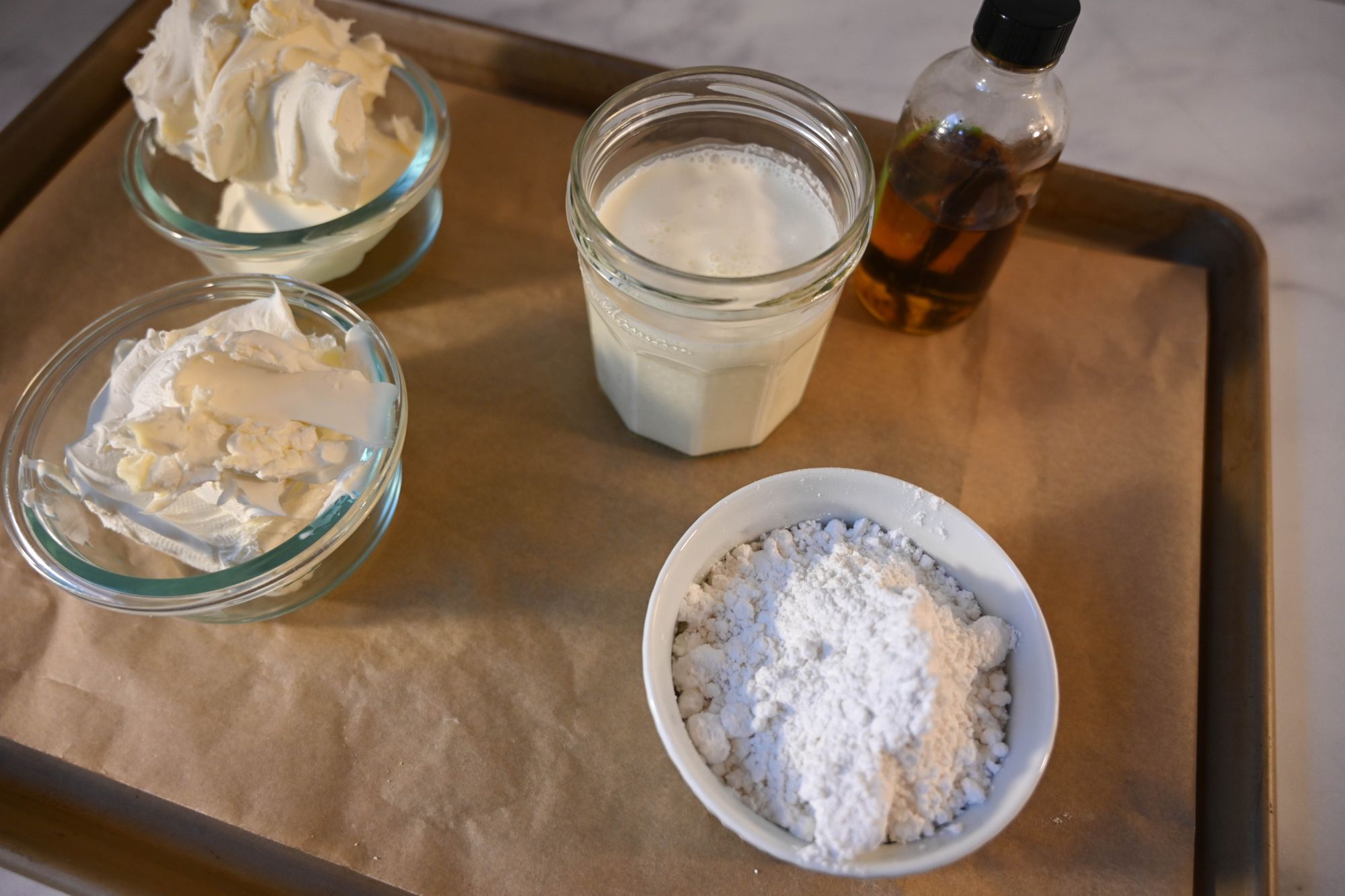
To add to what's written: you'll want to make sure the cream cheese and mascarpone are at room temperature and mix both together with sugar before you add the cream, etc. As written, the recipe said to mix together everything at once, but that left my frosting with lumps.
Sarit said at the cookbook talk that the cream cheese in the US is a bit denser in consistency than that in the UK - mixing the cream cheese and mascarpone together first should fix any lumps. Do also make sure your cream is cold, and your cream cheese and mascarpone are room-temperature.
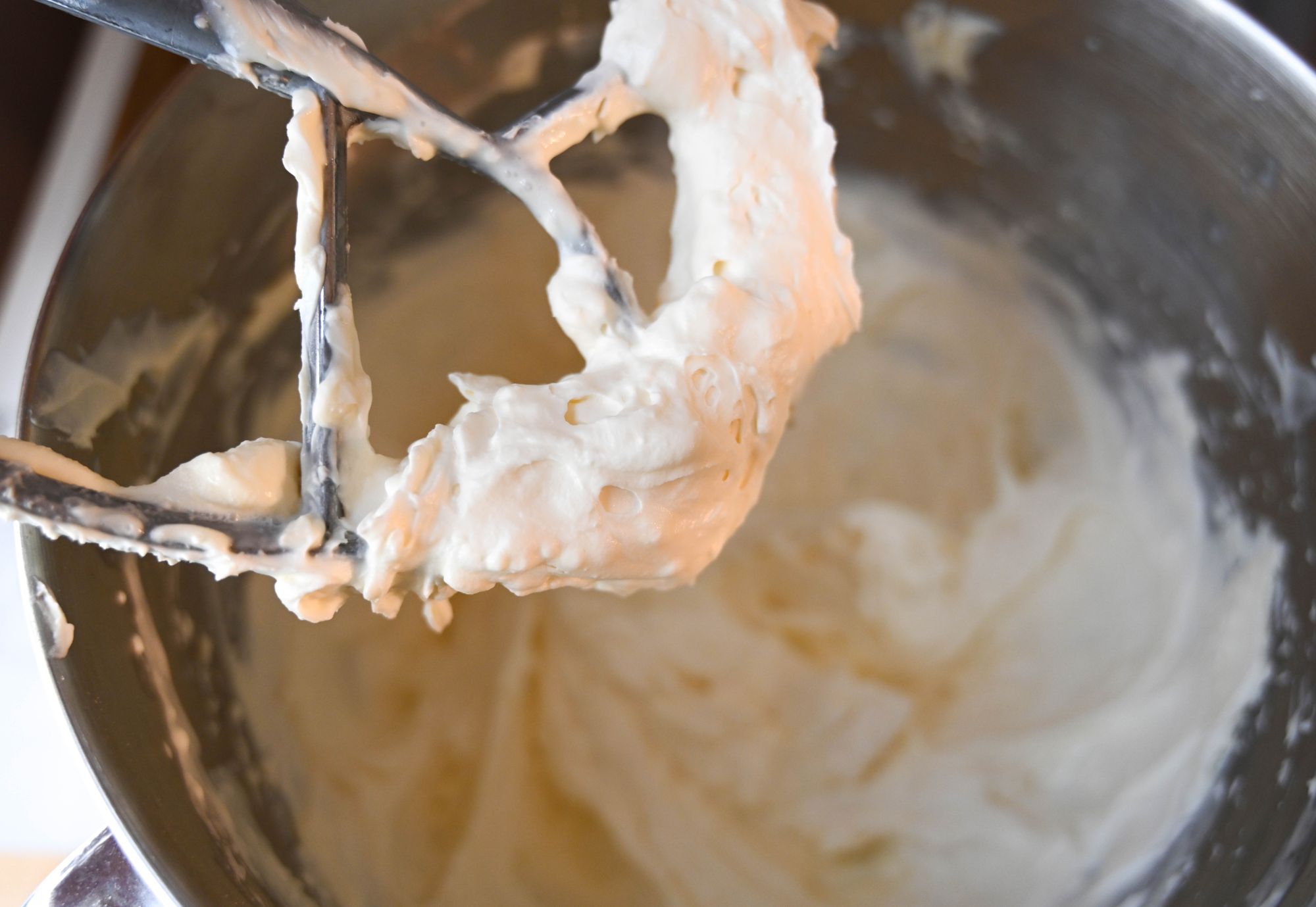
The icing was really easy to handle, and the cake is iced in a non-fussy way with exposed edges and bursting middle.
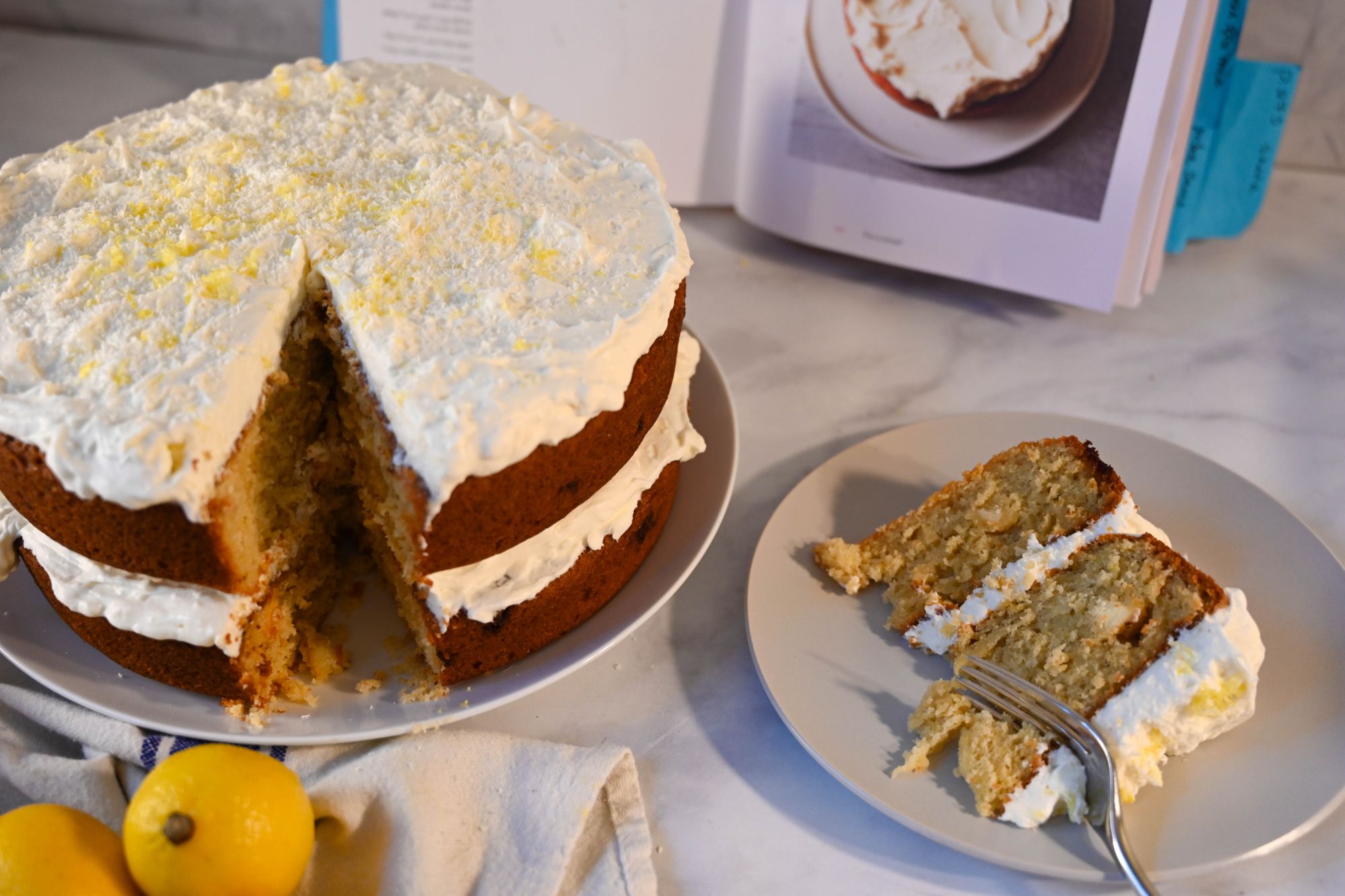
I shared the cake with friends and was told it was rich, not too sweet, and that the flavors of tahini, white chocolate, lemon and the dairy in the icing were unique and yielded an interesting bite.
At the cookbook talk at Sofra Bakery & Cafe, Sarit and Itamar served the Tahini Cake along with the Pistachio, Cardamom and Rose Marzipan (page 252). Both were delicious, and the marzipan happens to be vegan, easy to put together!
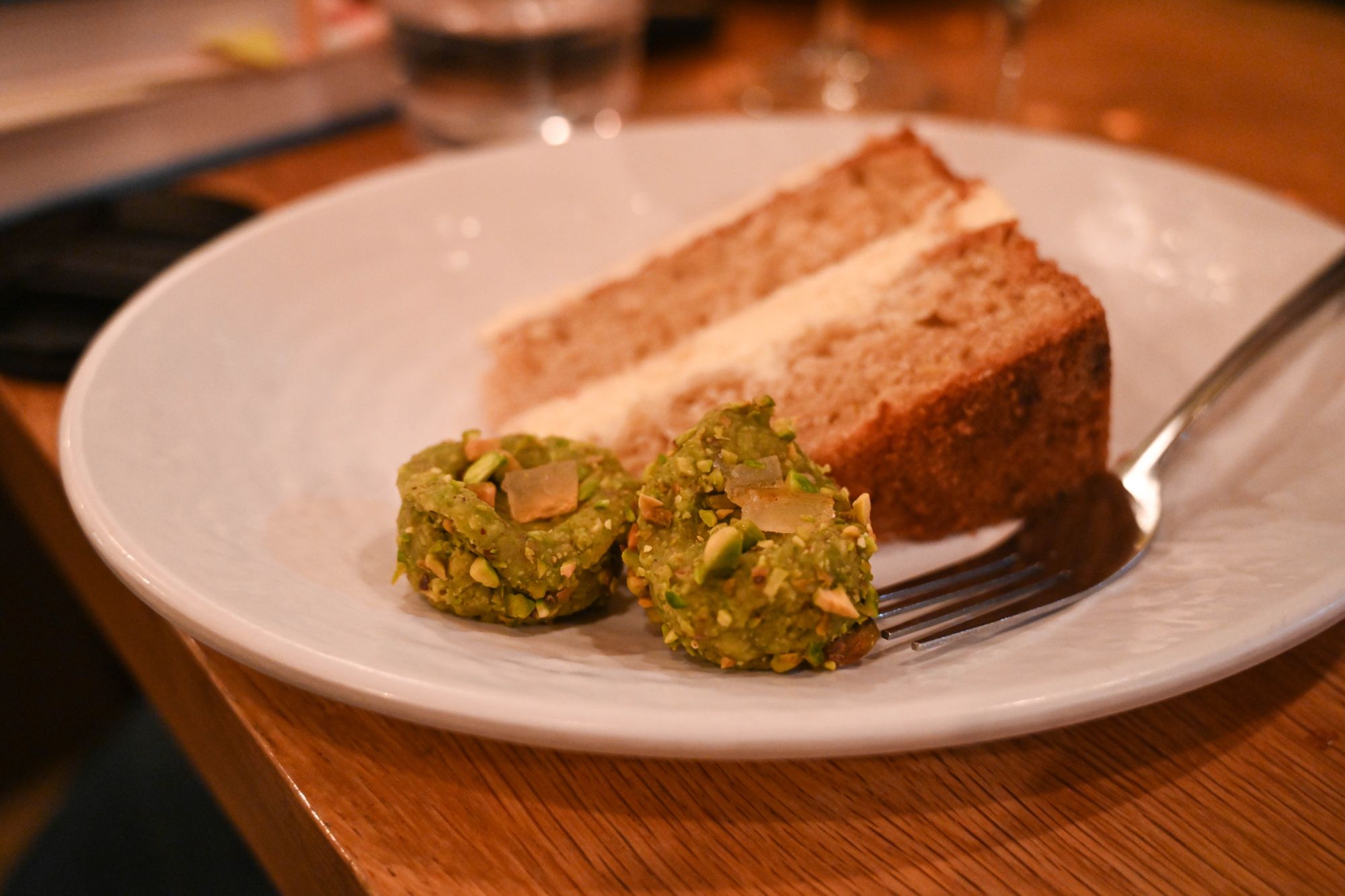
Amba Spice Mix - Page 265
The spices in this were easy to find at my local Indian grocery store. If you have to buy them all though, you'll spend over $20. Don't let this deter you, particularly if you like sour, spicy flavors. You can use it in the following Amba Sauce or on it's own spicing meats, fish or yogurt.
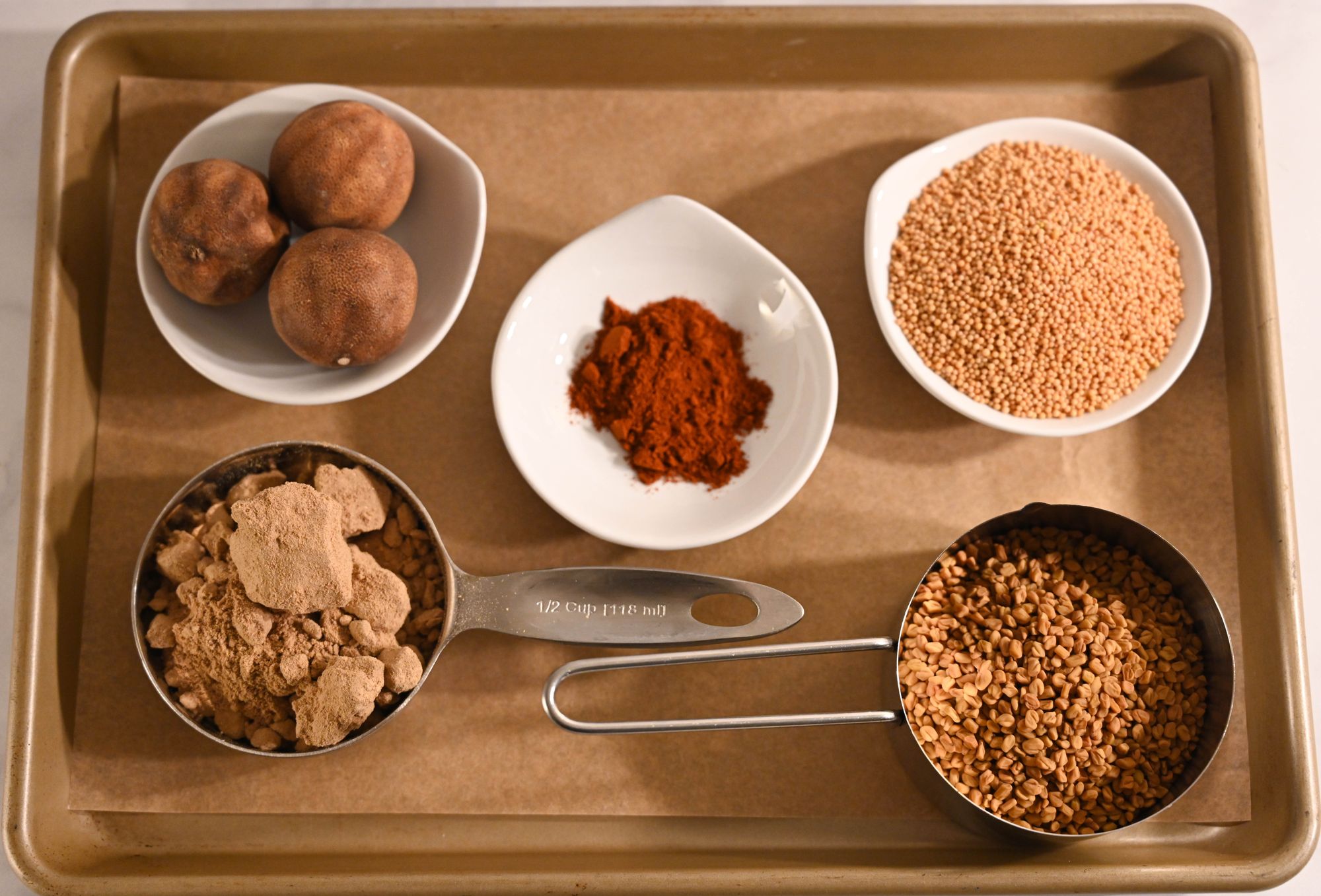
The recipe was so appealing that I finally invested in an electric spice grinder. If you go this route, you'll probably have to smash the dried limes in a tea towel so the pieces reach your grinder's blades. Otherwise they'll just jump around the top while the rest of your mix turns into powder below.
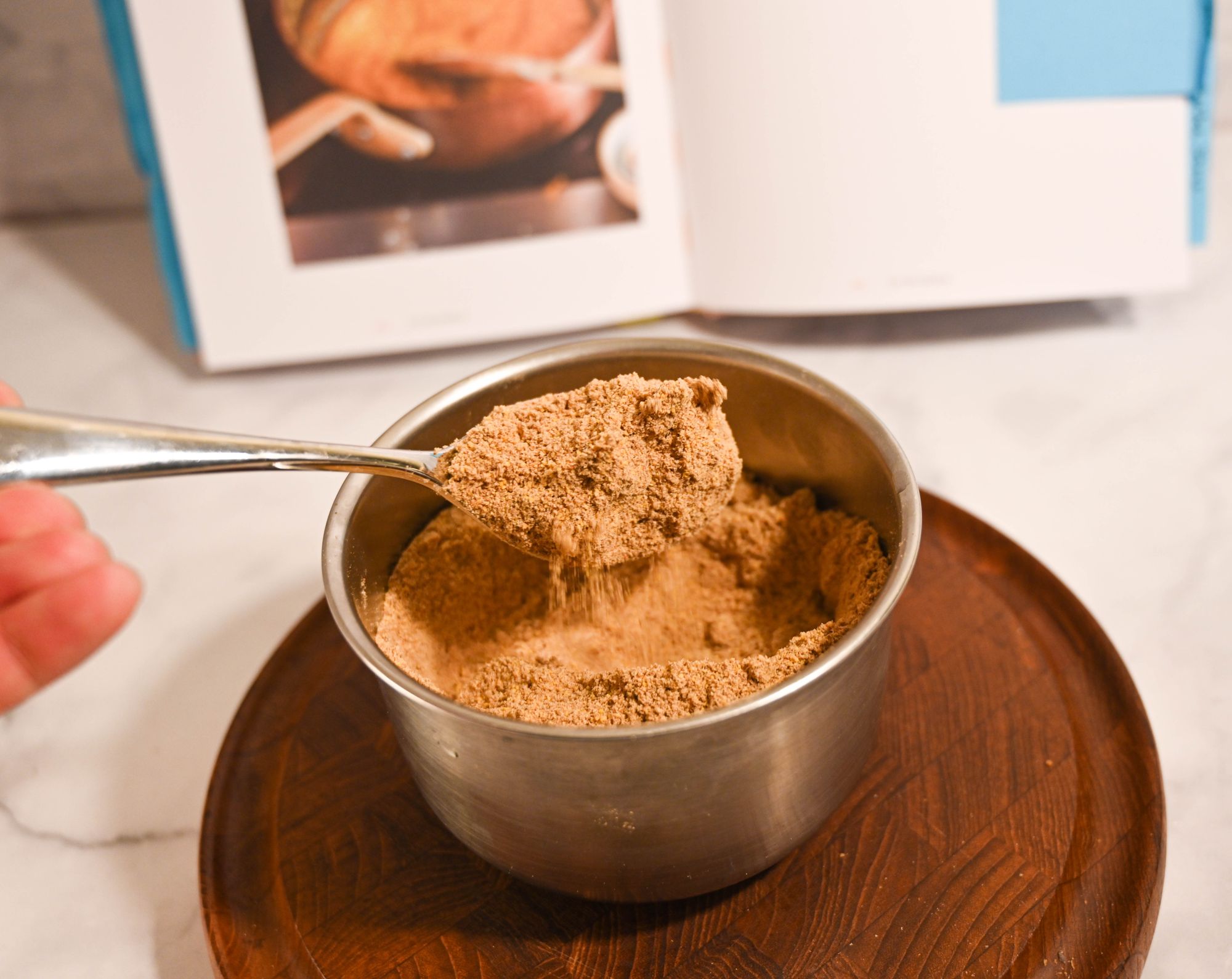
Amba Sauce - Page 266
This sauce is like popping on a pair of Aviator sunglasses. Dull outfit? Slide on those babies and suddenly you're a cool cat, a pilot, or somebody who just knows the air is fresh.
This recipe for Amba Sauce is sour, sweet and mildly funky. Pair with a dull chicken breast or seared white fish and you're suddenly well-dressed.
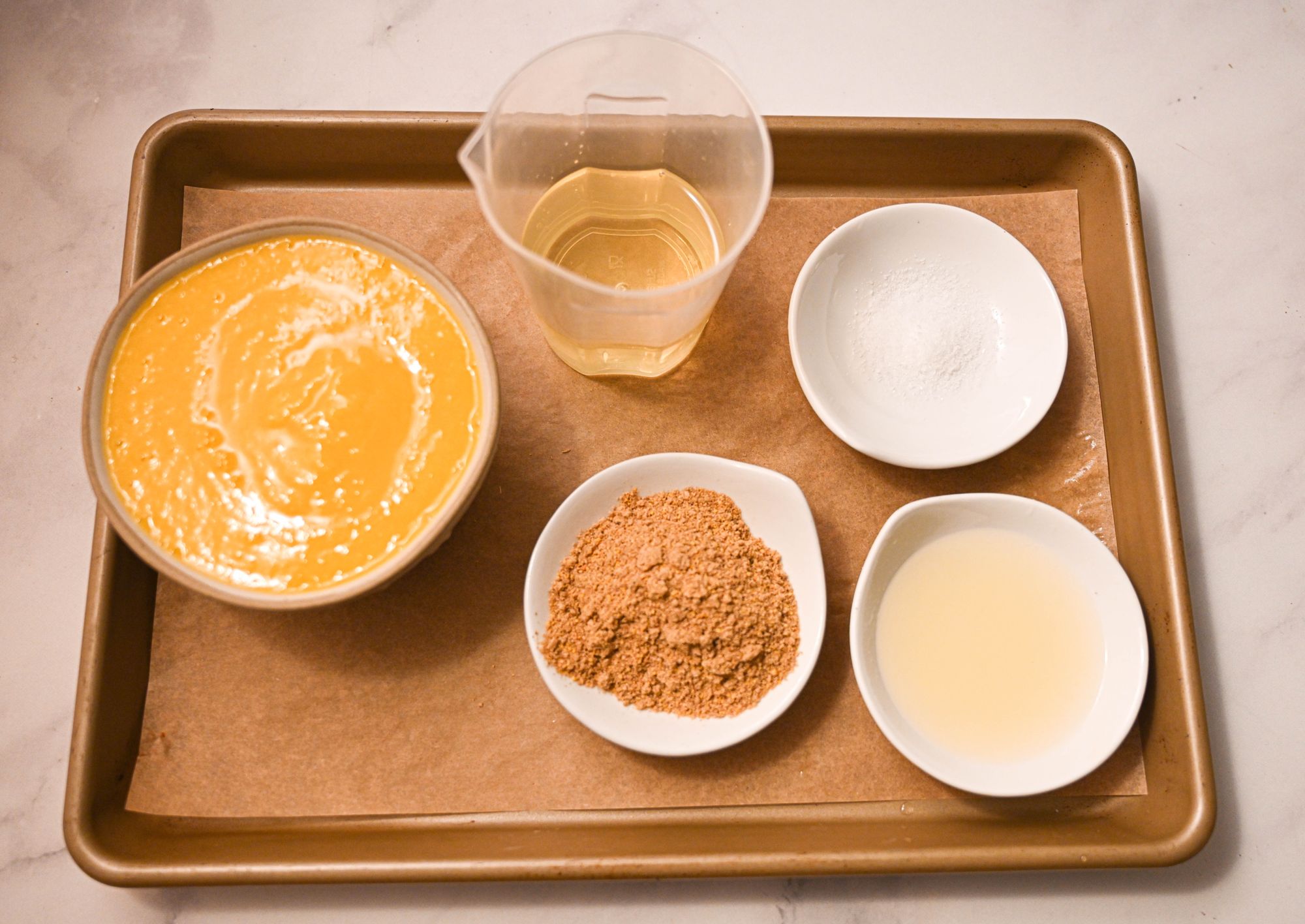
If you make the Amba Spice Mix above, this sauce is an easy next-step. You need only the mix, vegetable oil, a mango, lemon juice and salt. Apply heat to the oil and spices, add one pureed mango to the oil mix, bubble and season with lemon and salt.
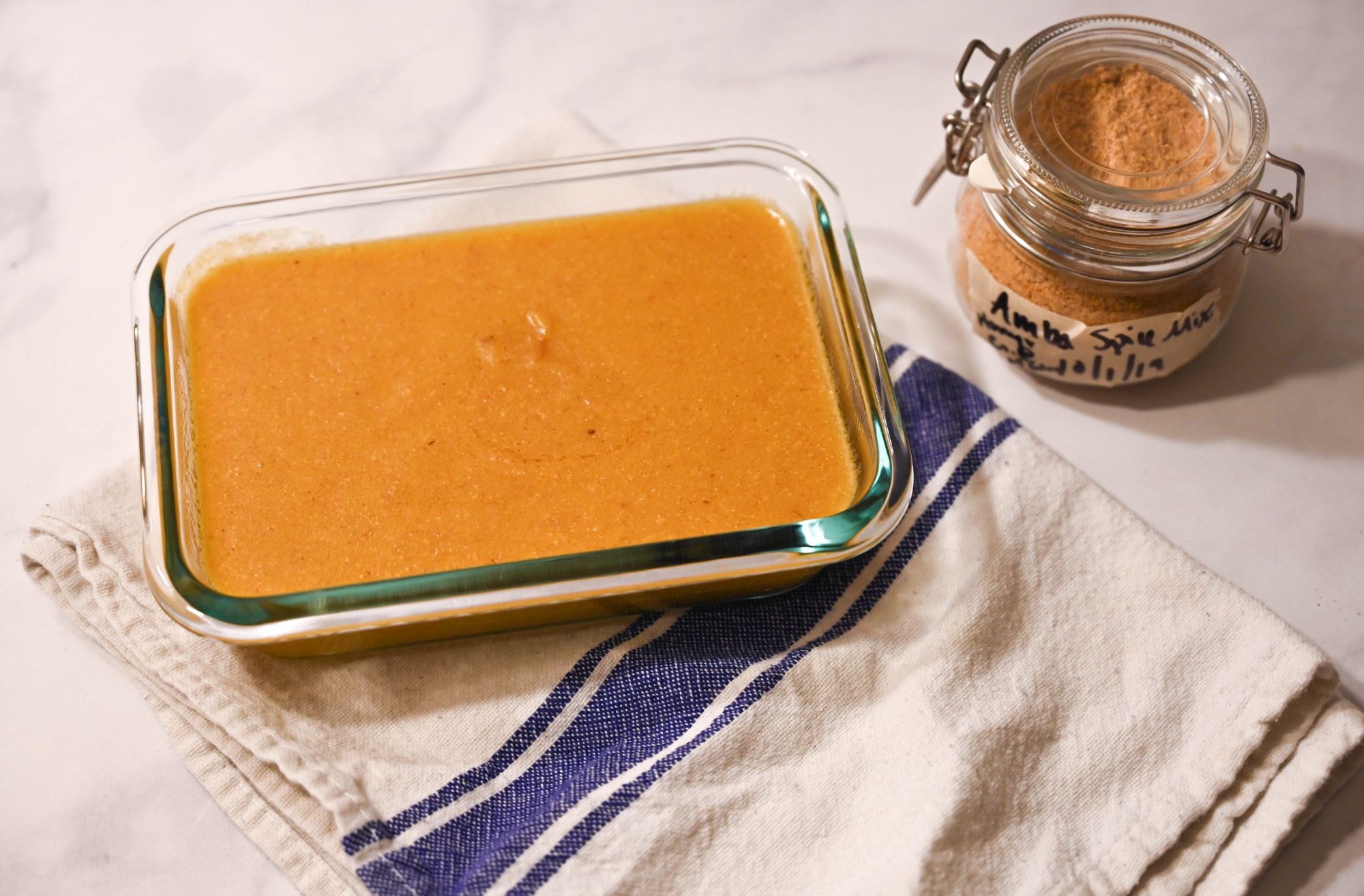
I ate this with the Fried Cauliflower, Amba and Tahini Sauce - Page 86 at the cookbook talk at Sofra and found it incredibly delicious and balanced with the rich tahini sauce and fried cauliflower.

Shata - Page 273
I really, really wanted this recipe for fermented chili sauce to work. The recipe said, in short, to cut up a pound or so of chilies, add salt, leave in a window for seven days and blend. It said this would yield an addictive, complex and versatile chili sauce.
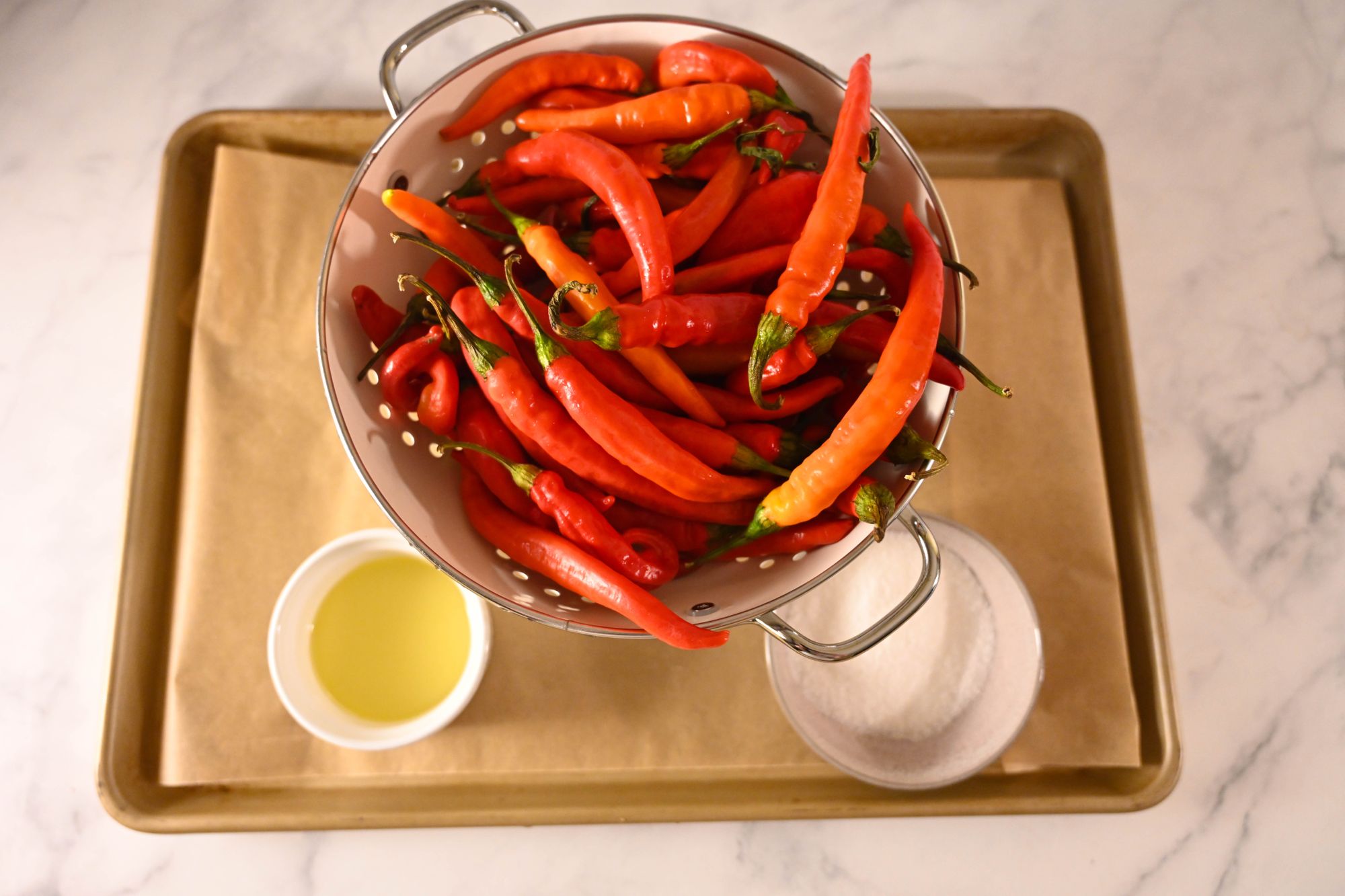
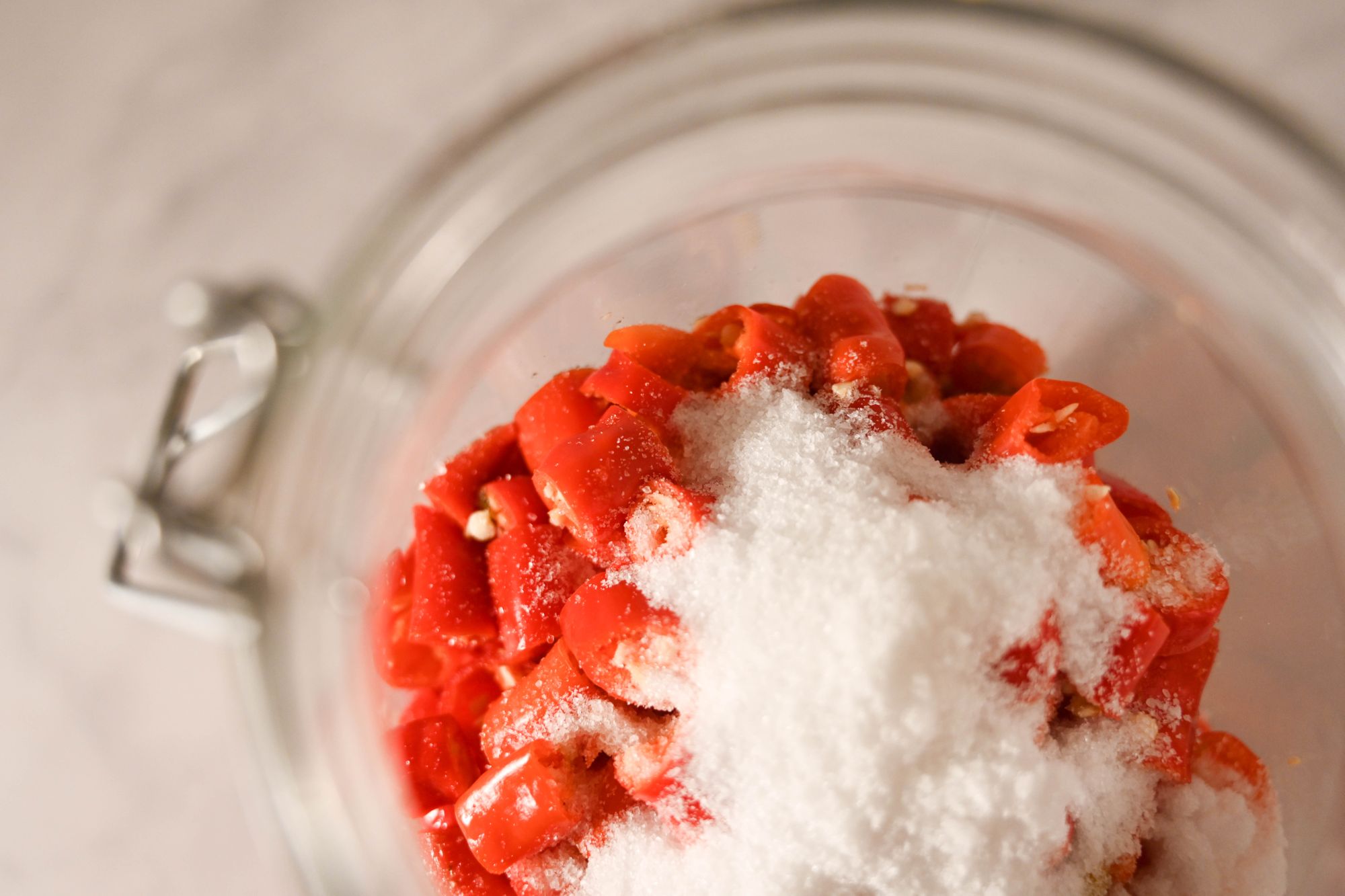
Unfortunately at the end of day five, I noticed unwelcome, white and green mold growing on my bright red chilies. In the trash. I will try this again with more salt, and will make sure my jar and cutting board are well-sterilized from day one.
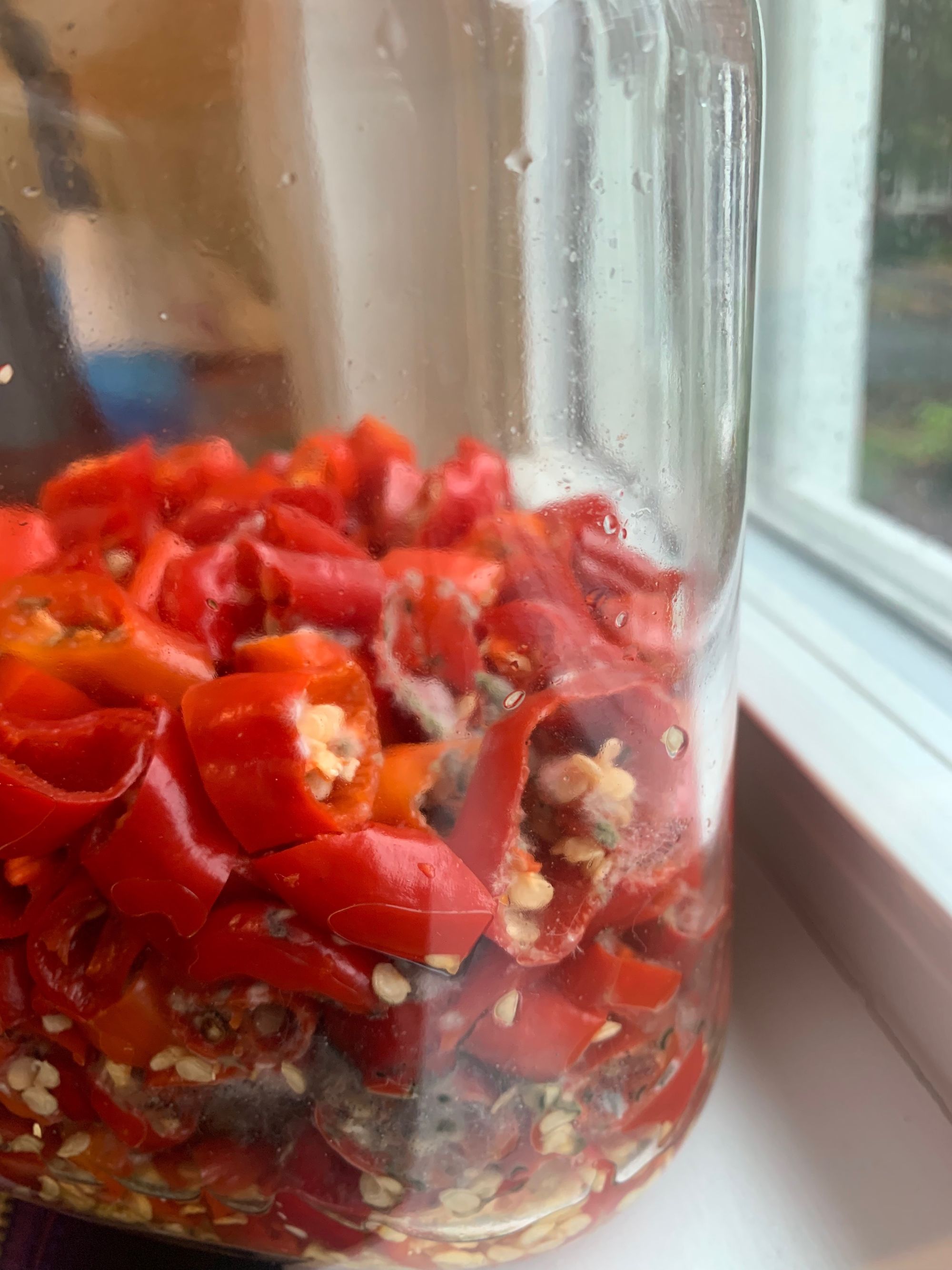
Honey & Co.: At Home is a thoughtful, warm book filled with recipes you'll want to cook for yourself and for company many times over.
As an Amazon Associate I earn from qualifying purchases.
